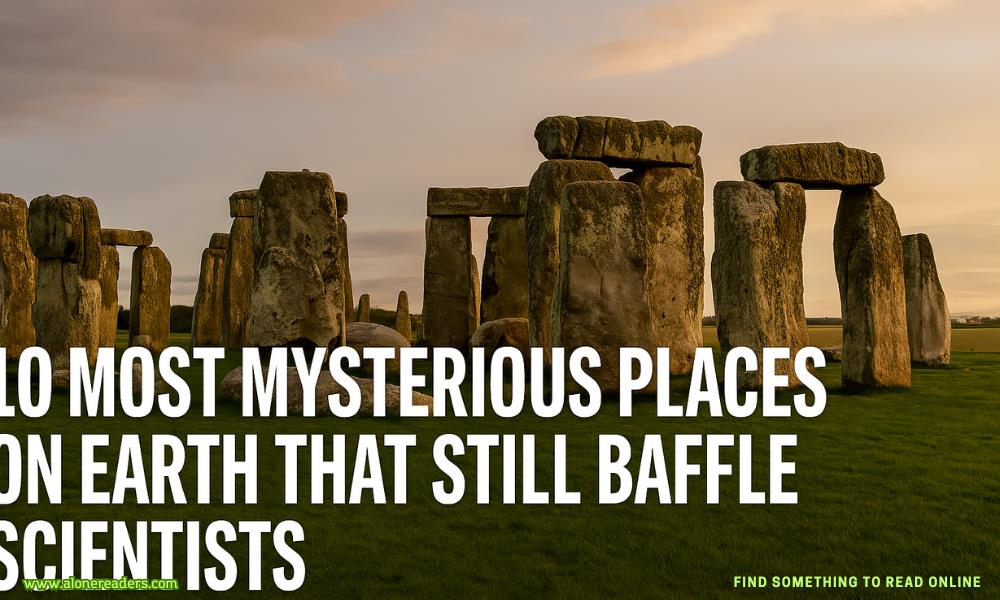
Across the globe, there exist places so enigmatic that they continue to confound historians, scientists, and curious travelers alike. These sites range from prehistoric stone circles and underwater civilizations to eternal flames and desert stones that seem to move on their own. Despite decades of study, the true nature of these places remains elusive, sparking awe, speculation, and relentless investigation. In this article, we explore 10 of the most baffling and iconic mysterious places on Earth that continue to defy logic and invite intrigue.
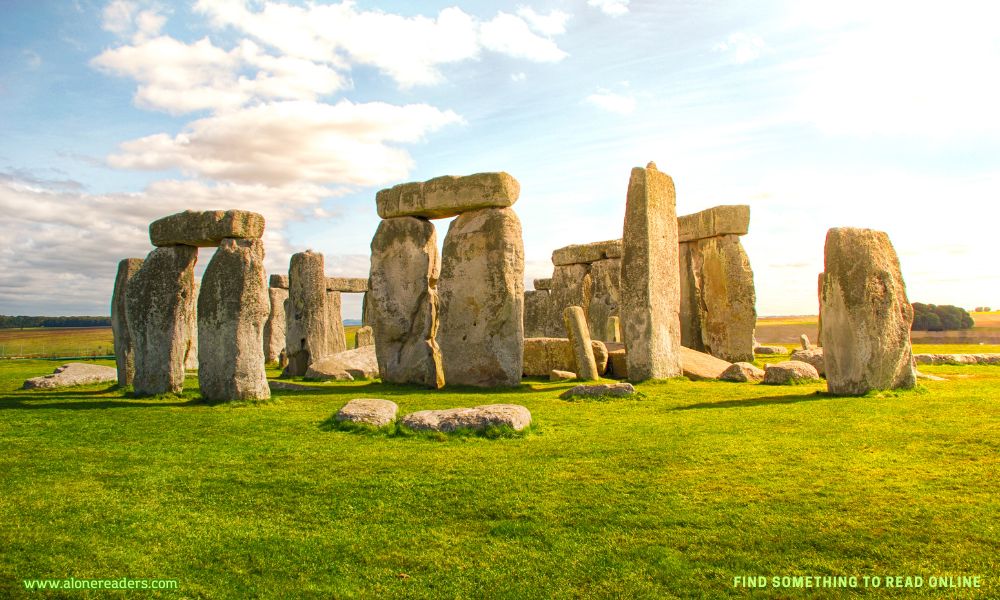
Located in Wiltshire, England, Stonehenge is one of the world’s most iconic prehistoric monuments. Constructed around 3000 BCE, this massive stone circle is composed of standing stones each weighing more than 25 tons. What adds to the mystery is the fact that some of these stones were transported from over 200 miles away, possibly from the Preseli Hills in Wales.
Multiple theories surround its purpose. Some researchers suggest it was used for religious rituals, others believe it functioned as a solar calendar or an astronomical observatory. There are also claims that it was a burial ground or even a political symbol. What deepens the mystery is that the stones are aligned with the solstices, suggesting an intricate knowledge of astronomy.
Despite exhaustive studies, the exact method of construction and the original purpose of Stonehenge remain unresolved.
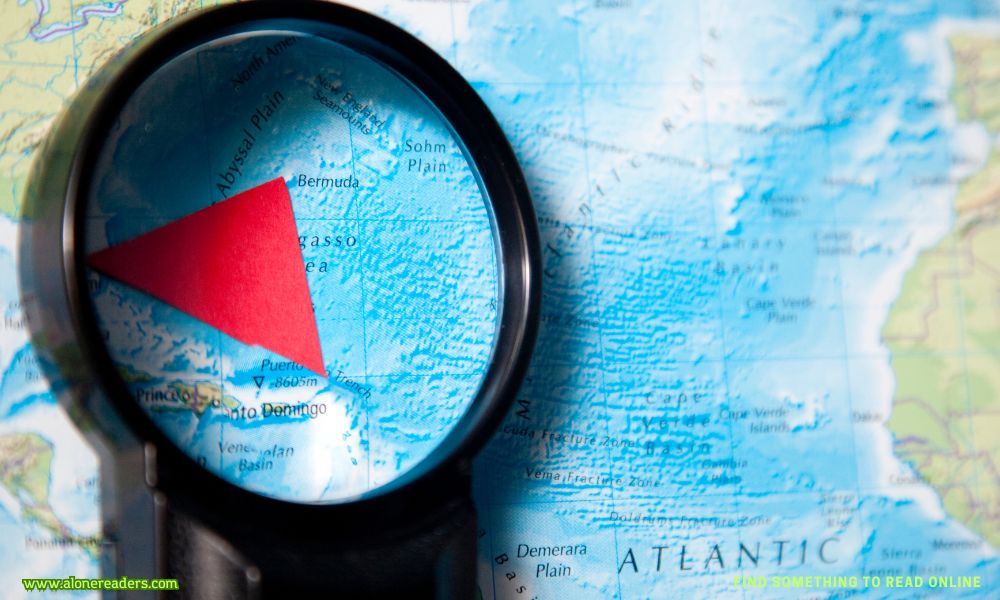
The Bermuda Triangle, also known as the Devil’s Triangle, is a loosely defined region in the North Atlantic Ocean. It is marked by points in Bermuda, Miami, and San Juan, Puerto Rico. This area has gained global notoriety due to the unexplained disappearances of ships and aircraft.
One of the most famous incidents occurred on December 5, 1945, when five U.S. Navy bombers vanished during a training flight, followed by the disappearance of a rescue plane. Subsequent disappearances have occurred under clear skies and calm seas, further baffling experts.
Countless theories abound, from magnetic anomalies and methane gas eruptions to alien abductions and time warps. Yet, no definitive scientific explanation has surfaced. The Bermuda Triangle remains a subject of controversy, fear, and wonder.
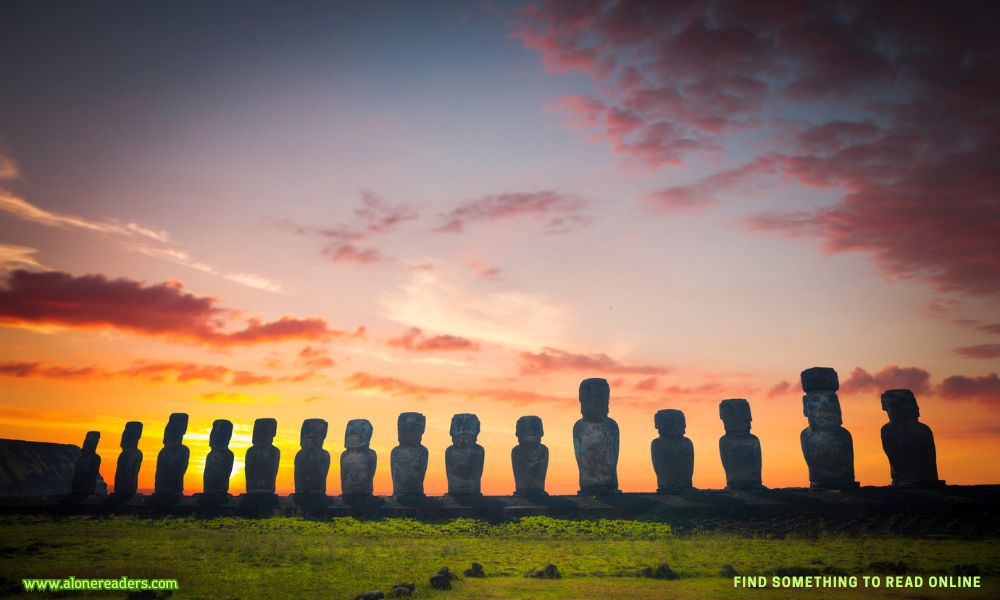
Situated in the southeastern Pacific Ocean, Easter Island (Rapa Nui) is famous for its nearly 1,000 moai statues. These monolithic figures, carved from volcanic rock, were created by the early Rapa Nui people and are believed to represent ancestral spirits.
The mystery lies not only in their purpose but also in their construction and transportation. Some statues weigh over 80 tons, and it is unclear how the islanders, without modern tools, managed to move them across long distances.
Recent underwater research around the island has added another layer of intrigue. Marine scientists discovered over 160 species, nearly 50 of which were previously unknown. These findings raise new questions about the island’s ecological and historical significance.
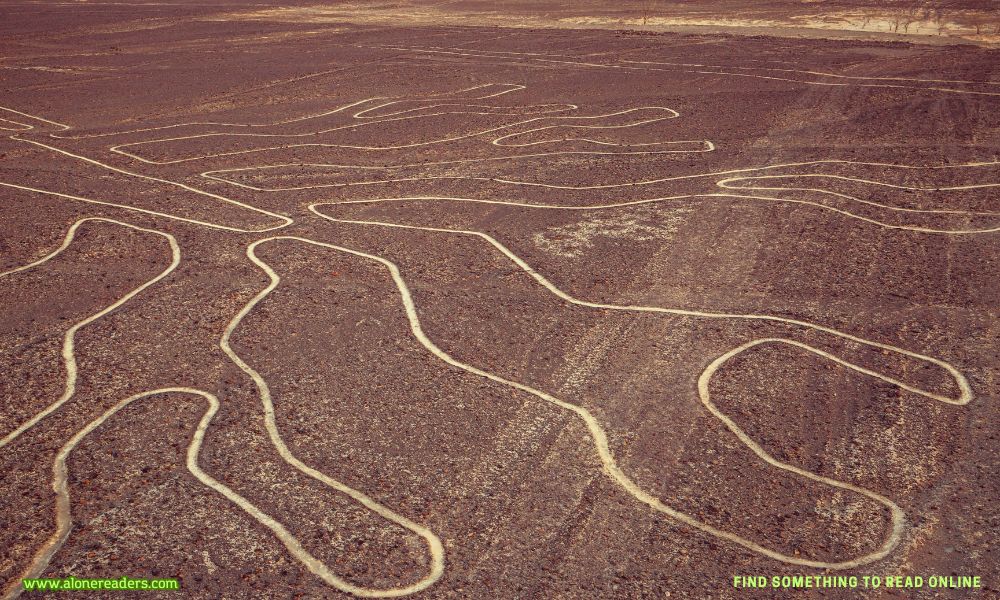
Etched into the arid desert plains of southern Peru, the Nazca Lines are massive geoglyphs created by removing the reddish topsoil to reveal a whitish layer underneath. The designs include animals, plants, and geometric patterns, some stretching over 1,200 feet in length.
They can only be fully appreciated from the air, which adds to the mystery. Theories about their purpose vary—from astronomical calendars and religious symbols to landing strips for extraterrestrial beings.
What’s most astonishing is their preservation. Despite being exposed to harsh desert conditions for over a millennium, the lines have remained mostly intact, thanks to the stable, dry climate.
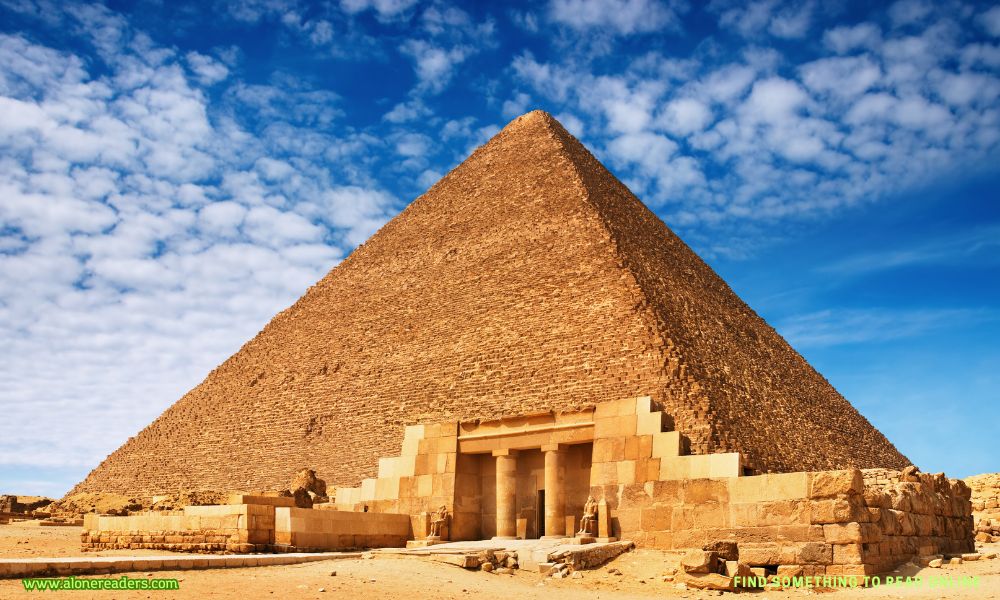
The Great Pyramid of Giza is the only surviving wonder of the ancient world. Built between 2580 and 2560 BCE as a tomb for Pharaoh Khufu, it originally stood at 146 meters tall and was the tallest man-made structure for over 3,800 years.
The precision with which it was constructed continues to defy modern engineering. The pyramid contains over 2.3 million limestone blocks, some weighing as much as 80 tons. How these blocks were quarried, transported, and fitted with such accuracy remains a profound mystery.
Its internal structure is equally baffling. Hidden chambers, air shafts aligned with stars, and advanced mathematical proportions suggest a level of architectural and astronomical understanding that seems ahead of its time.
Off the coast of Miyake Island in Japan lies the Devil’s Sea—Asia’s counterpart to the Bermuda Triangle. Like its Atlantic sibling, this region has been the site of numerous mysterious disappearances of ships and aircraft.
Local legends speak of sea dragons that devour vessels and sailors. Others believe that an ancient underwater civilization exists in the area. Geologists point to undersea volcanic activity and methane hydrates as potential causes of these disappearances.
Despite modern technology, the true reasons behind these anomalies remain elusive, making the Devil’s Sea one of the world’s most enigmatic marine zones.
The legend of Atlantis originates from the ancient Greek philosopher Plato. He described it as an advanced civilization with unmatched wealth and technology, which was ultimately swallowed by the sea following a cataclysmic disaster.
Many theories have emerged about its location— the Mediterranean, Antarctica, even the Caribbean. Some believe it was a metaphor, while others insist it was a real place with forgotten technologies and societal structures.
Despite numerous expeditions and technological advancements, no concrete evidence of Atlantis has been found. Yet, its allure as a symbol of lost knowledge and power endures.
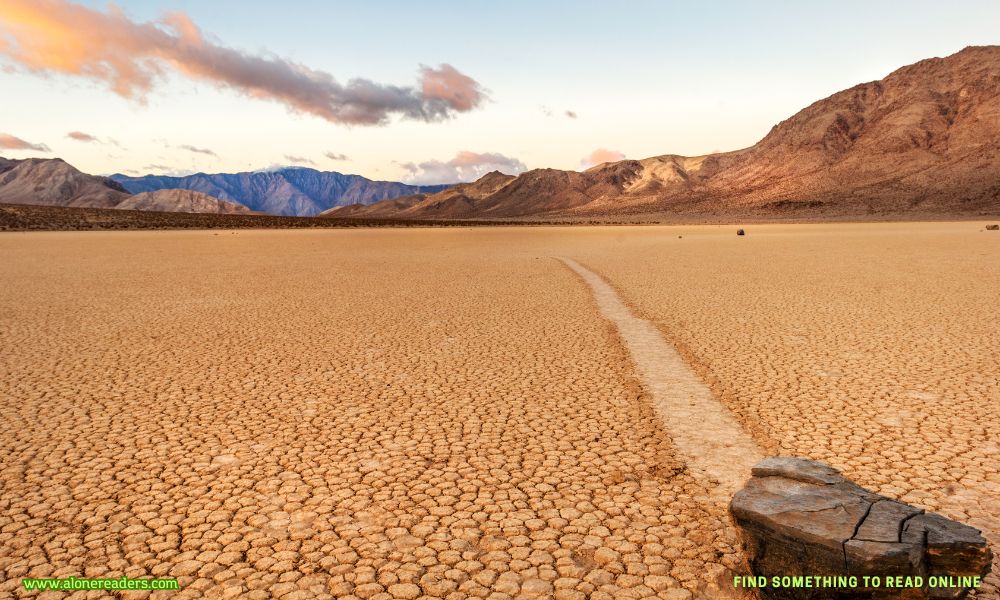
In California’s Death Valley, large stones appear to move across the desert floor, leaving long trails behind them. This phenomenon, known as “sailing stones,” was unexplained for decades.
Early theories included magnetic fields, divine intervention, or pranksters. But recent research suggests a natural explanation—thin sheets of ice forming during cold nights, combined with light winds, can move the rocks incrementally.
Still, the conditions required for this to happen are incredibly specific, making it a rare and mesmerizing natural event. Even with scientific insights, witnessing a sailing stone in motion remains a near-mythical experience.
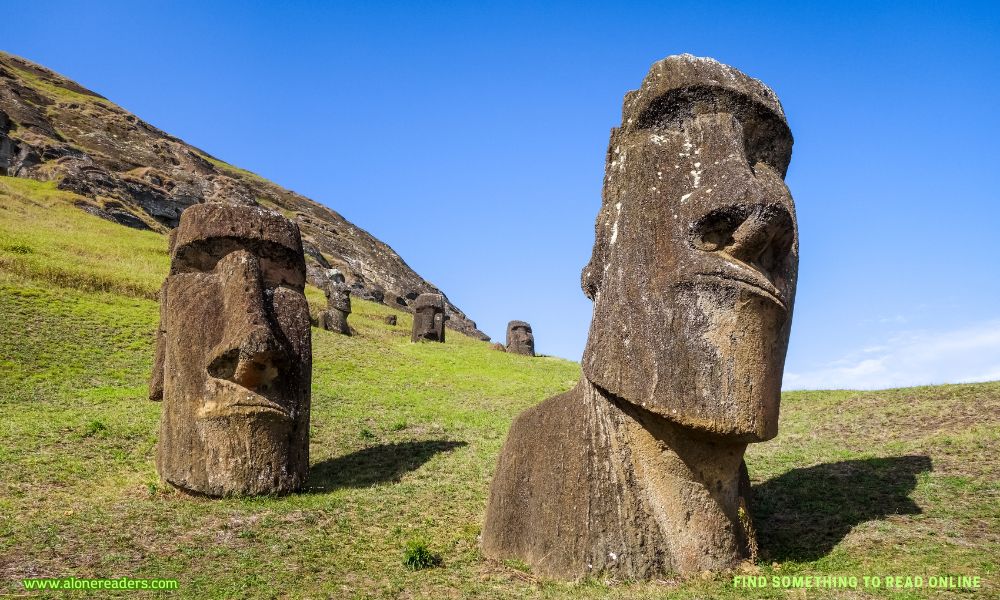
While Easter Island’s moai statues have already appeared on this list, their transportation deserves special mention. Each statue, weighing several tons, was moved from quarries to various locations across the island without the use of wheels or animals.
One theory suggests they were “walked” upright using a rocking motion with ropes and manpower. Others propose wooden sleds or rollers. Yet, there’s no consensus. Each new study opens further questions about logistics, manpower, and island ecology.
These statues are more than carvings—they are silent witnesses to the ingenuity and spiritual life of the Rapa Nui people.
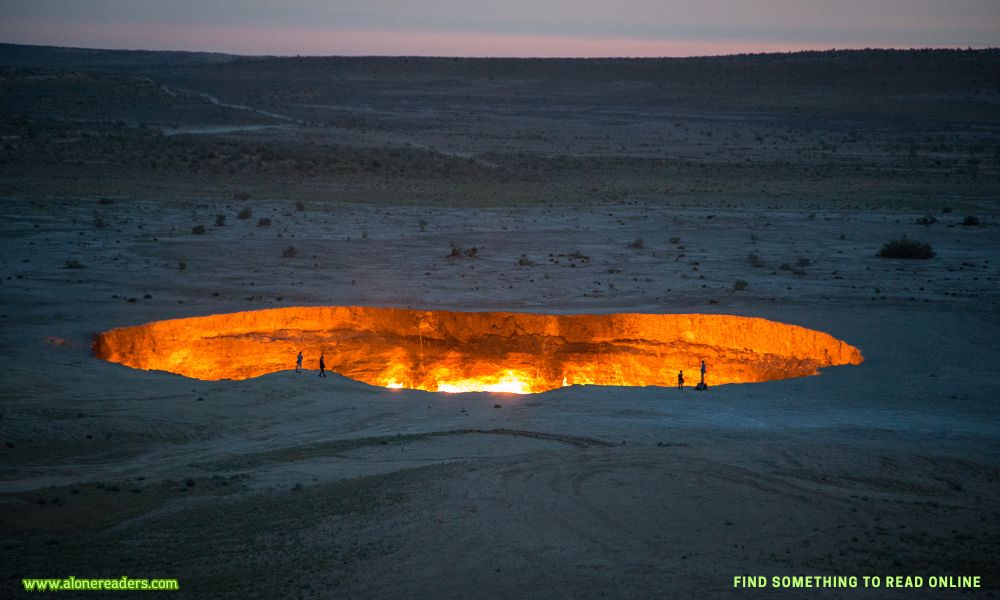
In the Karakum Desert of Turkmenistan lies a fiery crater known as the “Door to Hell.” Officially named the Darvaza Gas Crater, this site has been burning continuously since 1971.
It began when Soviet engineers accidentally collapsed a natural gas field. Fearing the release of toxic methane, they ignited the gas, expecting it to burn off in a few weeks. Over 50 years later, the inferno still rages.
The crater is about 70 feet deep and 190 feet wide, and at night, the glow can be seen from miles away. Tourists flock to this desolate yet dazzling spectacle, but the site also serves as a sobering reminder of human miscalculations and nature’s raw power.
Conclusion
From ancient stone circles to blazing desert pits, these ten locations serve as living monuments to Earth’s enduring mysteries. Some may one day be explained through science, while others might forever exist in the hazy intersection of history, myth, and the unknown. What unites them all is their ability to stir imagination, challenge understanding, and inspire the human spirit to explore. Whether you're a traveler, researcher, or dreamer—these places remind us that the world still holds secrets waiting to be uncovered.